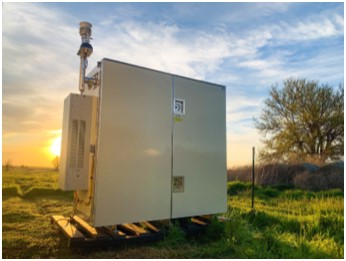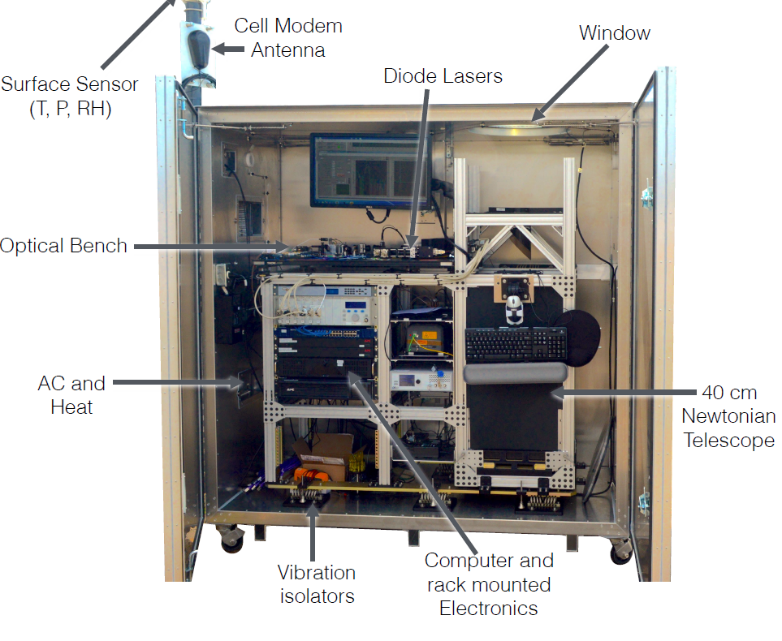Diode laser for low-cost identification of water in the lower atmosphere
Better weather forecasting with a micro-pulse differential absorption LIDAR (DIAL).
Description:
It is becoming increasingly more important for companies, government, emergency services, and the general public to have accurate weather forecasts. Weather affects everyone as lives, assets and money are all connected to changes in the skies today and tomorrow.
The planetary boundary layer (PBL), is the region of the lower troposphere where Earth’s surface strongly influences temperature, moisture, and wind through the turbulent transfer of air mass. This is where the primary exchanges of heat and water that are starting points for driving the Earth's climate and weather systems occur. PBL processes need to be identified and understood in order to be simulated in computer models used to forecast daily weather, the extent of air pollution events, and the impact of human activity on future climate. These processes are often poorly resolved or are not represented in current models.
Currently radiosonde (balloon) data combined with satellite-based measurements form the backbone of observations used for studying the PBL and for weather forecasting. But the limited spatial and temporal resolution of the current state of technology prohibits observations of key atmospheric features required for accurate forecasting of local weather. Passive remote sensors such as IR and microwave radiometers are useful over short distances but provide low vertical resolutions. An alternative is DIAL which is expensive and requires a pulsed laser with high spectral fidelity and agility capable of operating at separate wavelengths.
To address the technical and economic shortcomings of existing devices and methods to accurately identify and quantify water vapor in the atmosphere, a team from Montana State University, the National Center for Atmospheric Research, and NASA has developed a diode-pumped DIAL. The use of diodes instead of a Ti:sapphire laser greatly reduces costs to the point where many nodes could be broadly deployed and networked in the field. The device is capable of autonomous, long-term operation under an expanded set of atmospheric states, such as during the daytime, with cloud cover, and during times of rapidly changing atmospheric conditions. The design leverages a shared optics and telescope platform along with beam shaping to create a circular transmission pattern that is eye-safe.
 Figure 1:Outside view of existing DIAL prototype
Figure 1:Outside view of existing DIAL prototype
 Figure 2: Internal view of existing DIAL prototype
Figure 2: Internal view of existing DIAL prototype
Benefits:
- Avoids the high-pulse energy, larger receiver aperture, or calibration common to Raman LIDAR
- Prototypes developed from commercial, off-the-shelf components
- 150m range spatial resolution, with a 10 min temporal resolution; 1 min temporal resolution in the lowest 2km of the atmosphere
Opportunity:
- US patents 10605900 and 11243295 available for license and commercialization
- MSU News article: Technology developed at Montana State could help make weather forecasting more accurate
- Journal Publication: Field-deployable diode-laser-based differential absorption lidar (DIAL) for profiling water vapor. Atmos. Meas. Tech., vol. 8, 1073-1087, 2015.
Contact:
Nida Shaikh
406‐994‐7724
nida.shaikh@montana.edu
